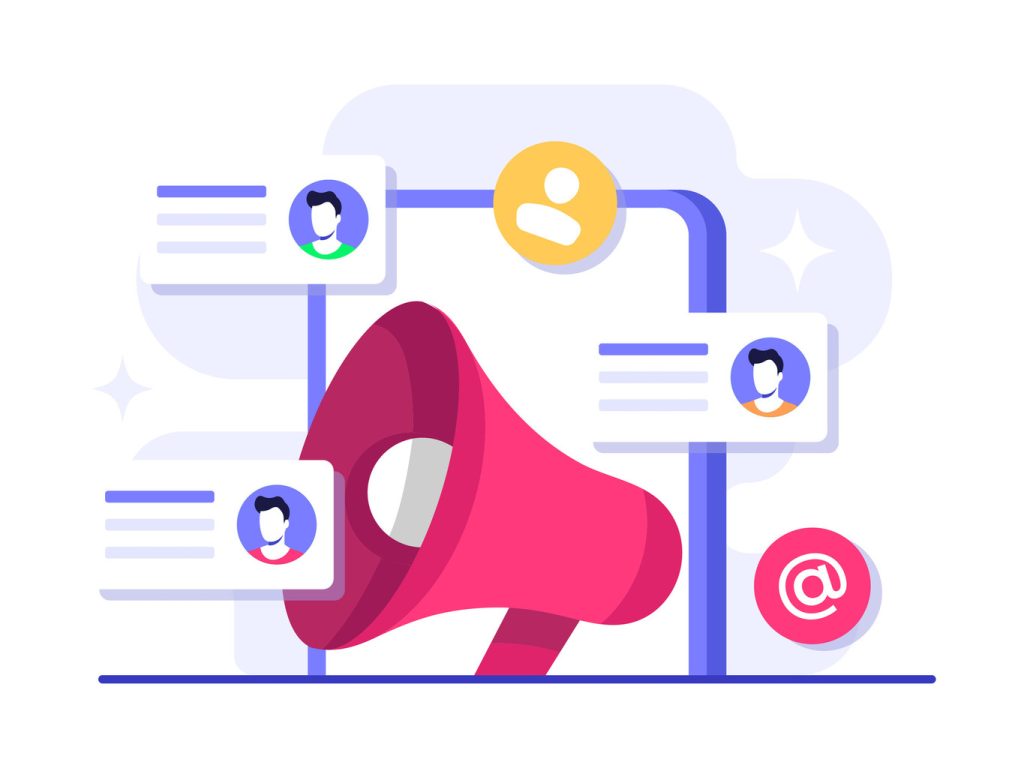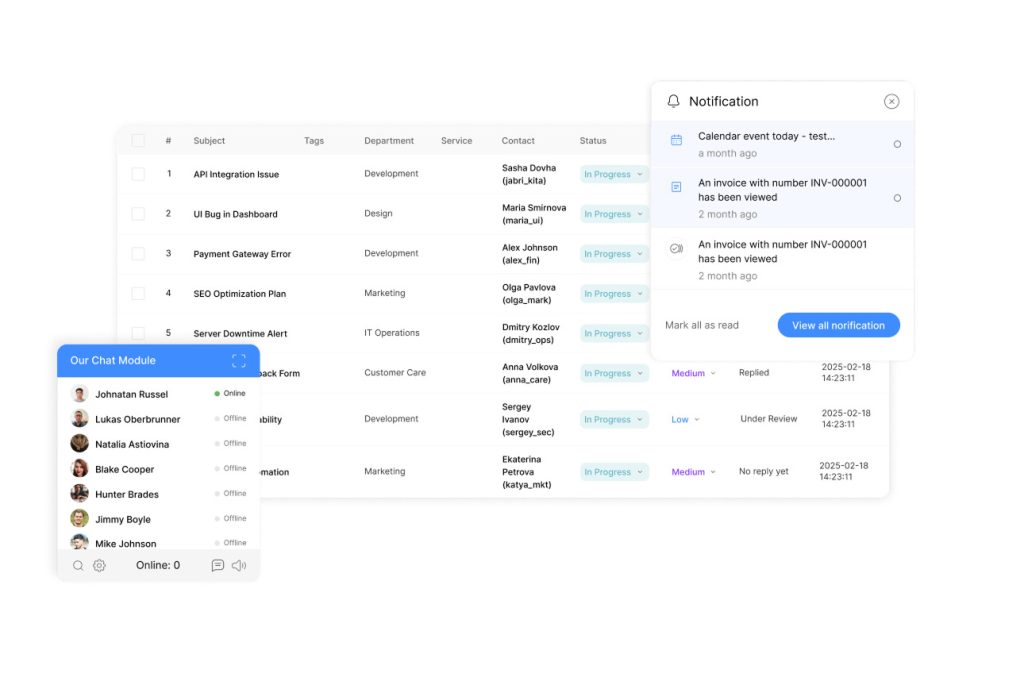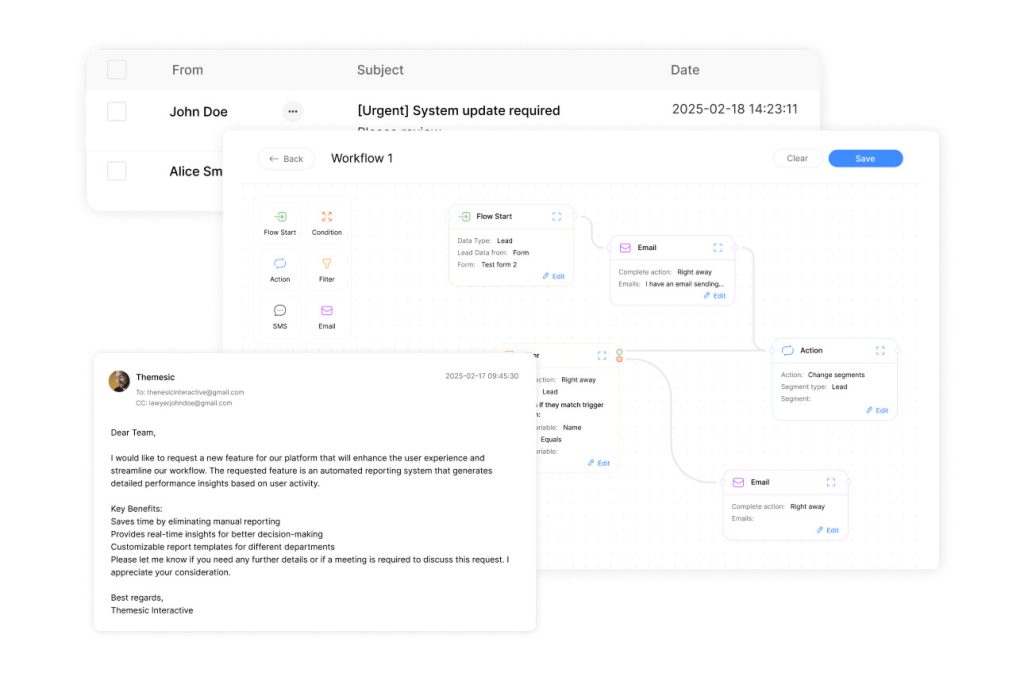Streamline Your Business with Instant Lead Notifications

Delays in responding to potential customers can cost businesses thousands in lost revenue, making Lead Notifications indispensable in today’s fast-paced market. Companies that act swiftly on new opportunities gain a measurable edge, yet many still rely on outdated systems that create bottlenecks. This gap between interest and action is where modern solutions shine.
Advanced platforms now deliver critical prospect details the moment they engage, empowering sales teams to connect while enthusiasm peaks. By integrating with ad accounts and social media channels, these tools centralize data flow into existing workflows. For example, pairing with a CRM like ClearCRM ensures no detail slips through the cracks.
Research underscores the urgency: responding within five minutes — thanks to Lead Notifications — boosts conversion odds by over 400% compared to slower replies.
Automated Lead Notifications remove manual tracking, letting professionals focus on personalized outreach instead of administrative tasks.
The result? Lead Notifications drive higher-quality interactions and reduce missed chances significantly.
Efficiency isn’t just about speed—it’s about creating seamless processes that align with how modern teams operate. When every second counts, equipping staff with real-time insights becomes non-negotiable for sustaining growth.
Key Takeaways
- Real-time alerts ensure sales teams act before customer interest fades
- Integration with ad platforms and CRMs centralizes prospect data
- Responding within five minutes quadruples conversion success rates
- Delayed follow-ups cost businesses significant revenue annually
- Automation reduces manual work while improving response accuracy
Overview of Instant Lead Notifications and Their Benefits

Modern businesses thrive when they bridge the gap between customer interest and team action. Real-time alert systems act as digital sentinels, detecting prospect activity the moment it occurs. These tools automatically relay critical details—like contact information or campaign preferences—directly to sales professionals.
How Real-Time Alerts Work
When a potential client interacts with ads or submits forms, automated platforms instantly capture their data. This process eliminates manual tracking, ensuring teams receive updates within seconds. For example, Facebook campaign integrations trigger alerts as soon as users engage, enabling same-minute responses that boost trust.
Operational Benefits for Teams
Companies using these systems reduce follow-up delays by 80%, according to CRM automation strategies detailed in this analysis. Centralized platforms distribute prospects based on location, product interest, or team availability. Sales reps gain complete profiles—from browsing history to communication preferences—before making first contact.
Seamless integration with existing tools minimizes training needs while maximizing workflow continuity. Teams maintain momentum through automatic email reminders and performance dashboards that highlight urgent opportunities. The result? Consistent outreach that converts 3x more prospects compared to manual methods.
Leveraging Facebook Lead Ads and Data Integration
Businesses gain unmatched reach through Facebook’s advertising ecosystem, where lead ads convert casual scrollers into qualified prospects. These ads deploy mobile-optimized forms that auto-fill user details—from phone numbers to custom survey responses—while maintaining compliance with platform guidelines. With average click costs under $0.50, companies achieve 3x higher form completion rates compared to traditional landing pages.
Connecting Facebook Pages and Lead Forms
Integrating a business’s Facebook page with lead capture tools takes minutes. Once connected, the system auto-populates forms using existing user profiles, reducing typing for prospects. Custom qualification questions help filter high-intent leads before they reach sales teams. Real-time sync ensures every submission flows directly into CRMs or email platforms, eliminating manual exports.
Automatic Email Alerts and SMS Notifications
Sales reps receive prospect details instantly through preferred channels. Email summaries include browsing history and campaign sources, while SMS alerts provide quick-view mobile updates. This dual-channel approach cuts response times by 73%, according to Meta’s 2024 advertising report. Teams configure rules to prioritize high-value leads or route inquiries based on location.
Advanced targeting lets businesses focus budgets on demographics most likely to convert. Ads appear across Facebook, Instagram, and partner networks, maximizing visibility without inflating costs. Combined with CRM integrations, these tools turn social engagement into measurable growth.
How Instant Lead Notifications Enhance Lead Response
The clock starts ticking the moment a prospect shows interest. While most B2B companies take 42 hours to respond, 82% of consumers expect contact within 10 minutes. This gap creates missed opportunities—only 27% of inquiries receive follow-ups, and fewer than 25% result in direct calls.
Improving Sales Conversion Rates
Automated systems slash response times to under five minutes. Research shows this window boosts qualification success by 400% compared to slower replies. After five minutes, conversion odds drop by 80% as prospects lose interest or seek alternatives.
Teams using real-time updates prioritize high-value new leads instantly. One financial services firm reduced its average reply time from 38 hours to six minutes, tripling booked appointments. Centralized dashboards display urgent opportunities, letting reps tailor outreach using browsing history and campaign sources.
“First-mover advantage in sales isn’t just strategic—it’s mathematical. Five minutes separates thriving teams from those playing catch-up.”
These tools maintain consistency across time zones and staffing changes. Holiday inquiries get the same prompt attention as weekday submissions. Automated email reminders and SMS updates ensure no detail slips through—even during peak demand periods.
By aligning outreach speed with consumer expectations, businesses transform prospect interest into measurable growth. The result? Teams convert three times more inquiries while cutting administrative work by half.
Integrating Email Marketing with Lead Management

Effective lead management hinges on bridging digital touchpoints with personalized communication. By connecting email marketing software to lead generation systems, businesses create self-sustaining pipelines that nurture prospects from first click to closed deal.
Seamless Data Sync with Email Marketing Software
Platforms like LeadsNotify eliminate manual transfers by syncing Facebook lead data directly with 15+ email services including Mailchimp and ActiveCampaign. When prospects submit forms, their details flow into pre-selected mailing lists within seconds. Field mapping ensures job titles, phone numbers, and custom responses land in correct CRM fields, maintaining data accuracy for segmentation.
This automation enables teams to launch targeted campaigns while leads are still engaged. One e-commerce brand saw 68% faster email deployment after integrating their Facebook ads with Brevo. “Sync capabilities turn raw data into actionable strategies overnight,” notes a digital marketing director at a SaaS company using the system.
Strategies for Automated Follow-Up Emails
Pre-built workflows trigger tailored sequences based on user behavior. A prospect downloading a pricing guide might receive case studies, while webinar attendees get product demo invites. These emails achieve 29% higher open rates through personalized subject lines and dynamic content blocks.
Automation also handles timing optimization. Systems send educational materials during high-engagement windows identified through A/B testing. Combined with SMS reminders, this approach keeps brands top-of-mind without overwhelming prospects. Teams using these layered strategies report 3x more meetings booked within 72 hours of initial contact.
Optimizing CRM and Marketing Software Connections

Seamless integration between CRMs and marketing tools transforms scattered data into strategic assets. Businesses using unified platforms eliminate duplicate entries and ensure sales teams access complete prospect histories. This synchronization proves critical—companies lose 12% of annual revenue due to disconnected systems, according to recent workflow efficiency studies.
Powerhouse CRM Partnerships
LeadsNotify connects Facebook leads directly to industry-leading CRMs like HubSpot, Pipedrive, and Zoho. Each integration serves distinct needs:
- HubSpot: Crafts hyper-personalized email campaigns using job titles and browsing behavior
- Pipedrive: Streamlines deal tracking for growing teams with visual sales pipelines
- Zoho CRM: Offers flexible automation for complex sales cycles across global markets
Field mapping tools automatically align Facebook form responses with CRM contact records. A real estate agency using this feature reduced data entry errors by 91% while capturing 40% more leads weekly. Setup requires five minutes—teams simply authenticate accounts and select synchronization rules.
Multi-platform compatibility lets businesses maintain existing workflows while scaling operations. Sales reps receive enriched prospect profiles containing campaign sources, response timestamps, and interaction histories. This centralized information hub empowers teams to deliver context-driven pitches that convert 2.3x faster than generic outreach.
“Integrations turn raw data into revenue streams. When systems speak the same language, growth accelerates exponentially.”
Continuous synchronization ensures CRMs update instantly as new leads emerge. Marketing teams gain clear ROI metrics by tracking which campaigns generate the most sales-ready contacts. For businesses juggling multiple tools, these connections create frictionless handoffs between departments.
Streamlining Workflow and Data Automation
Operational bottlenecks crumble when businesses replace outdated processes with intelligent systems. Modern platforms eliminate manual data transfers through self-operating architectures that sync information across tools. This shift allows teams to focus on strategic tasks instead of repetitive administrative work.
Reducing Manual Data Transfers
Traditional methods force employees to download prospect details from social platforms and re-upload them to CRMs—a process prone to delays and errors. Automated systems remove this friction by instantly routing information where it’s needed. One healthcare provider reduced data entry time by 79% after implementing these solutions.
| Process | Time per Transfer | Error Rate | Scalability |
|---|---|---|---|
| Manual Handling | 8-12 minutes | 18% | Limited |
| Automated Systems | <10 seconds | 0.4% | Unlimited |
Scalable architectures adapt to any business size. A boutique firm processing 20 daily inquiries uses the same core system as enterprises managing 5,000+ prospects. Real-time synchronization ensures no opportunity slips through—even during weekends or staff shortages.
Enhancing Team Productivity
Sales representatives regain 11 hours weekly when freed from manual workflows. This time translates to 27% more client interactions and faster deal closures. Marketing teams also benefit—automated field mapping ensures campaign responses land in correct CRM categories without human oversight.
“Our productivity metrics transformed overnight. Now we measure success by closed deals, not data entry speed.”
Cost savings compound as businesses grow. One e-commerce brand cut operational expenses by $46,000 annually while doubling prospect conversion rates. These systems create predictable processes that scale seamlessly, turning administrative efficiency into competitive advantage.
Ensuring Data Accuracy and Privacy in Notifications

Accurate data fuels effective customer engagement. As businesses collect prospect details across social platforms, maintaining integrity becomes critical. Solutions like LeadsNotify use field mapping technology to align form responses with CRM structures, ensuring clean transfers from first contact.
Precision Through Custom Configurations
A drag-and-drop interface lets teams define how Facebook, Instagram, and LinkedIn form fields connect to business systems. This eliminates mismatched entries—job titles land in correct categories, phone numbers populate designated columns. Automated validation checks flag incomplete submissions before they reach sales pipelines.
Privacy safeguards work silently in the background. Sensitive details remain encrypted during transfers, meeting GDPR and CCPA standards. Businesses control access levels, ensuring only authorized personnel handle customer data. These measures build trust while preventing costly compliance missteps.
Customizable configurations adapt to unique workflows. Marketing teams map campaign-specific questions to targeted email lists, while sales reps receive enriched profiles with interaction histories. The result? Consistent data quality that powers personalized outreach at scale.
By prioritizing accuracy and security, companies turn raw information into reliable assets. This foundation supports faster decisions, stronger client relationships, and measurable growth through every notification.

